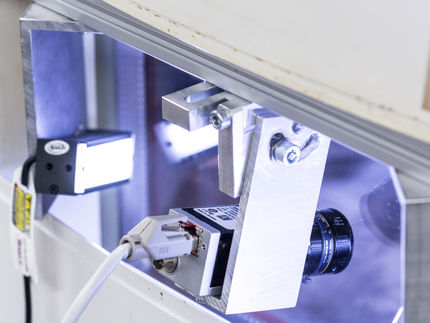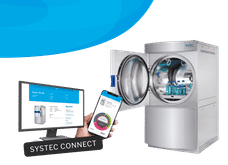Strong Growth Prospects for the Rapidly Evolving U.S. Laboratory Information Management Systems Market
Advertisement
SAN JOSE, Calif. - September 3, 2002 - Increasing use of computers in laboratories and stringent regulations imposed on the pharmaceuticals and related industries generate demand for laboratory information management systems (LIMS), as companies seek an effective system of data processing and transfer.
New analysis from Frost & Sullivan, U.S. Laboratory Information Management Systems Market, reveals that revenues in this market totalled $125 million in 2001 and are projected to reach $301 million by 2007.
"The commercial LIMS market has been developing steadily since the 1980s, starting out as high-maintenance and expert-user oriented and gradually becoming user-friendly enough for every level of employee," says Frost & Sullivan Consultant Justin Saeks.
A growing number of computerized laboratories will adopt LIMS, as it enables centralization of information that can subsequently be accessed by employees, clients, and regulatory agencies. Sustained funding in the information-intensive life sciences industry will further drive demand, giving rise to more integrated research and development (R&D)-oriented laboratories.
As Saeks states, "The primary target market for LIMS vendors is shifting away from quality assurance/quality control (QA/QC) and other routine testing labs towards R&D and other segments."
The presence of LIMS in R&D labs means that vendors can now explore opportunities in drug discovery and development, currently a major industry trend. LIMS vendors are well positioned to sell to customers that lack the technical knowledge to set up their own systems. Even companies that have strong Information Technology departments are largely dependent on commercial LIMS products.
Vendors must strive to create high-quality systems at low prices, addressing the needs of customers that will not hesitate to take their business to companies that price more competitively. The ability to customize products to the workflow of a particular laboratory is likely to attract small customers, for whom price is an important issue.
According to Saeks, "The implementation of a LIMS and its associated processes, is one of the best ways to maintain competitiveness - since it can improve processes such as QA/QC as well as save money and resources."
The bioinformatics and related markets have been witnessing a good amount of mergers and acquisitions recently. This suggests that collaboration between companies is an effective way of offering products with improved integration, easier maintenance, and a simpler purchasing process to customers.
Further opportunities are available in the demand for LIMS upgrades, particularly from smaller customers. Avoiding false product claims will assure vendors of sustained business from these clients, as they will gain their continued trust and loyalty.






































































